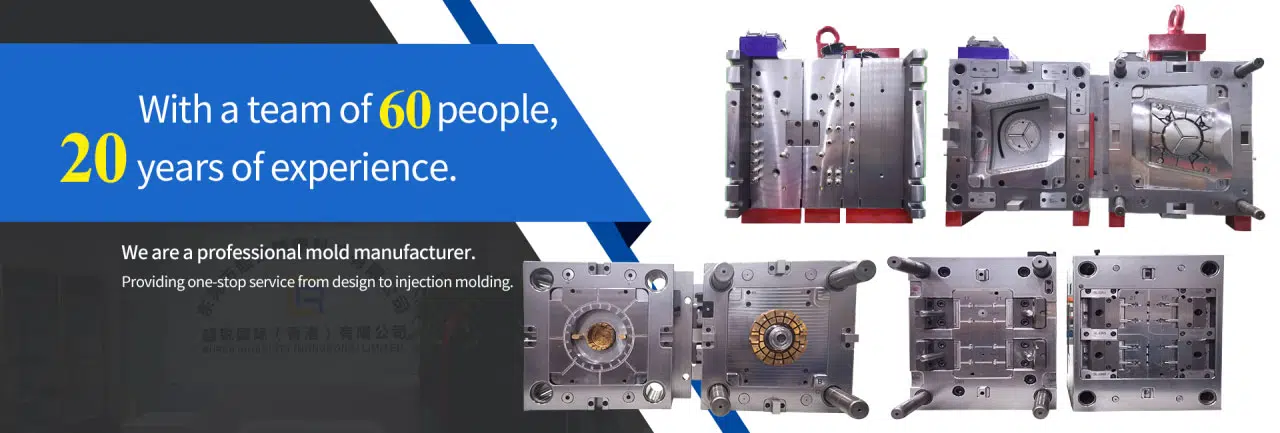Anodizing Process for Aluminum Components

# Anodizing Process for Aluminum Components
## Introduction to Anodizing
Anodizing is an electrochemical process that converts the metal surface into a durable, corrosion-resistant, anodic oxide finish. This process is particularly important for aluminum components, as it enhances their natural resistance to corrosion and wear while allowing for decorative coloring options.
Keyword: Anodizing
## The Anodizing Process Steps
### 1. Cleaning and Pre-Treatment
Before anodizing, aluminum components must be thoroughly cleaned to remove any dirt, grease, or other contaminants. This typically involves:
– Alkaline cleaning
– Acid etching
– Desmutting (removal of surface oxides)
### 2. Anodizing Bath
The cleaned aluminum parts are immersed in an acid electrolyte bath (usually sulfuric acid) and subjected to an electrical current. The aluminum acts as the anode (positive electrode) in this circuit.
### 3. Oxide Layer Formation
During the process, oxygen ions from the electrolyte combine with aluminum atoms at the surface, creating a porous aluminum oxide layer. This layer grows both inward and outward from the original metal surface.
### 4. Coloring (Optional)
After anodizing, the porous oxide layer can be dyed in various colors. Common coloring methods include:
– Electrolytic coloring (using metallic salts)
– Dip coloring (organic dyes)
– Integral coloring (during the anodizing process)
### 5. Sealing
The final step involves sealing the porous oxide layer to maximize corrosion resistance. This is typically done through:
– Hot water sealing
– Cold sealing
– Mid-temperature sealing
## Benefits of Anodizing Aluminum
Anodizing offers numerous advantages for aluminum components:
– Enhanced corrosion resistance
– Improved wear resistance
– Better adhesion for paints and glues
– Electrical insulation
– Aesthetic versatility
– Environmentally friendly process
## Applications of Anodized Aluminum
Anodized aluminum components are used in various industries:
– Aerospace and aviation
– Automotive parts
– Architectural elements
– Consumer electronics
– Medical equipment
– Marine applications
## Quality Control in Anodizing
To ensure consistent quality, manufacturers implement several testing methods:
– Thickness measurement
– Corrosion resistance testing
– Adhesion testing
– Color consistency checks
– Abrasion resistance testing
## Conclusion
The anodizing process transforms aluminum components into more durable, corrosion-resistant, and aesthetically pleasing products. By understanding and controlling each step of the process, manufacturers can produce high-quality anodized aluminum parts suitable for a wide range of demanding applications.